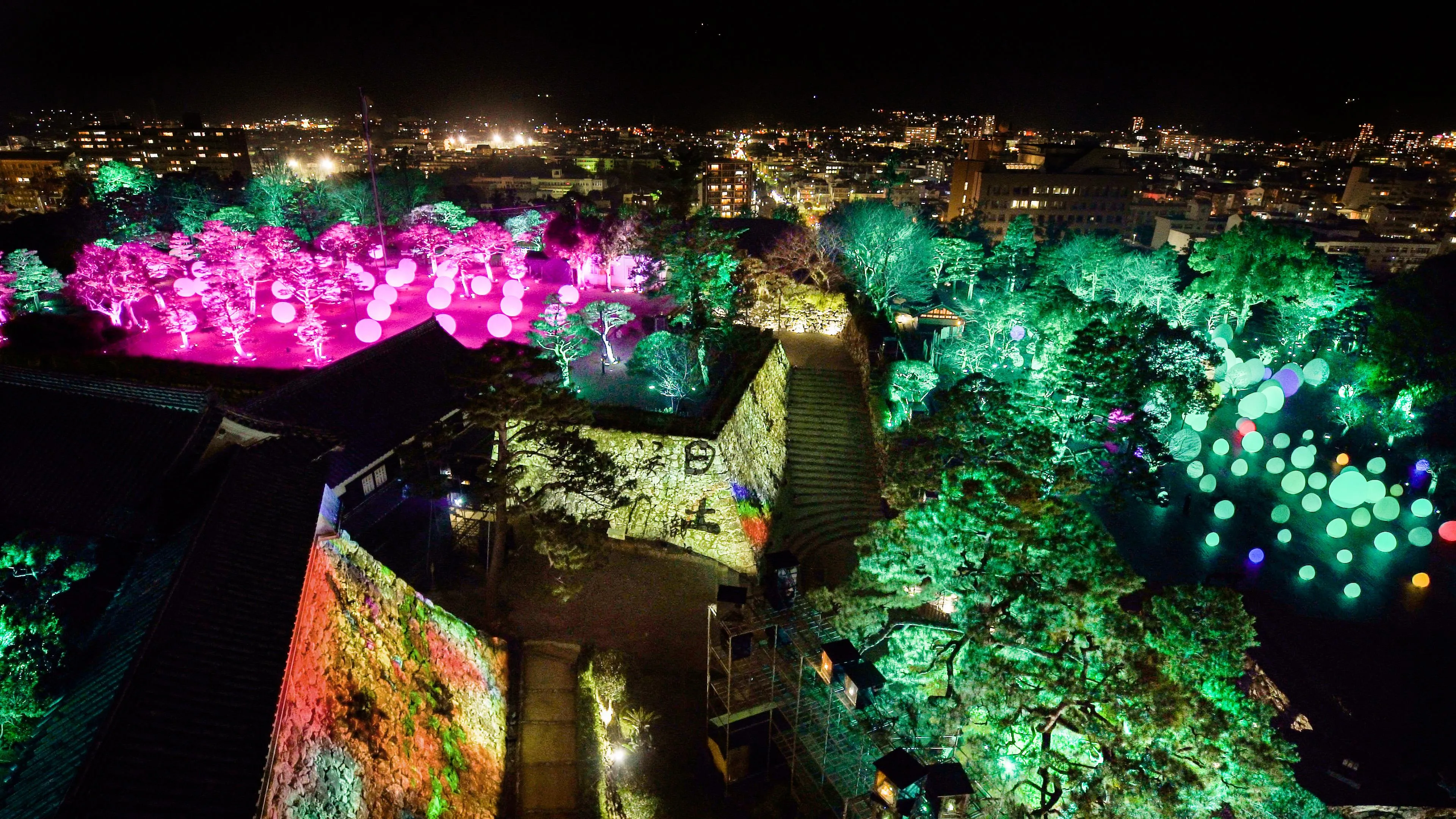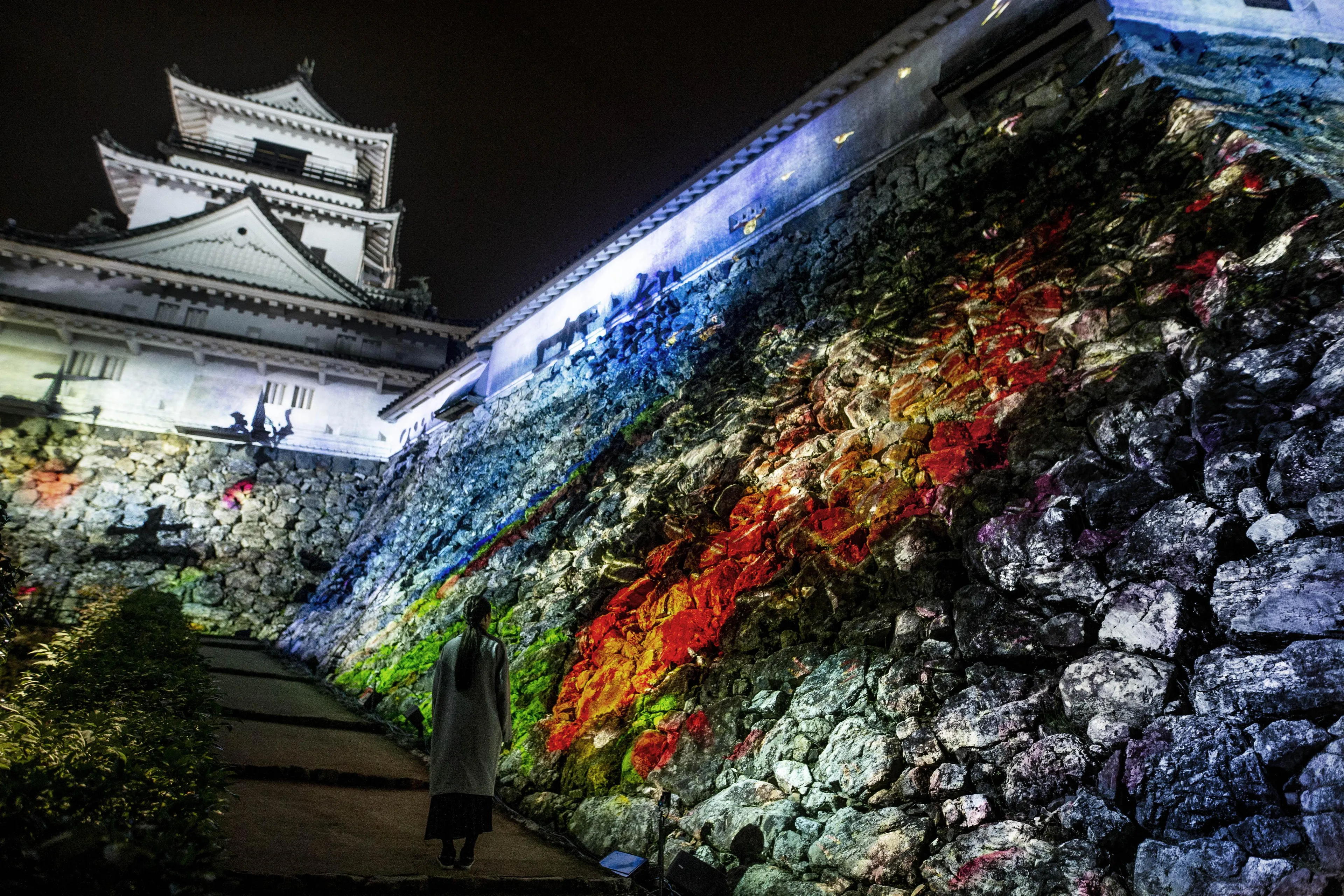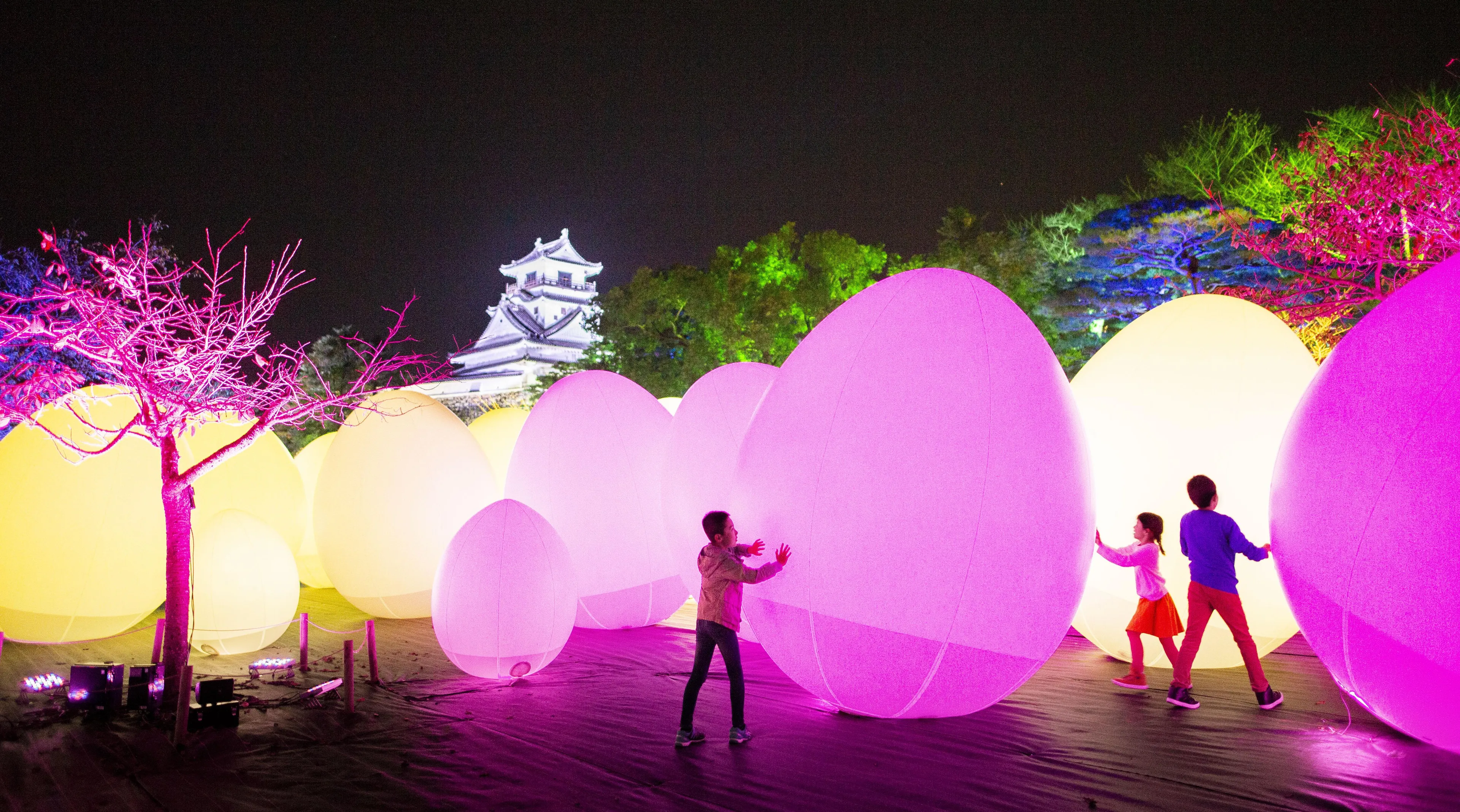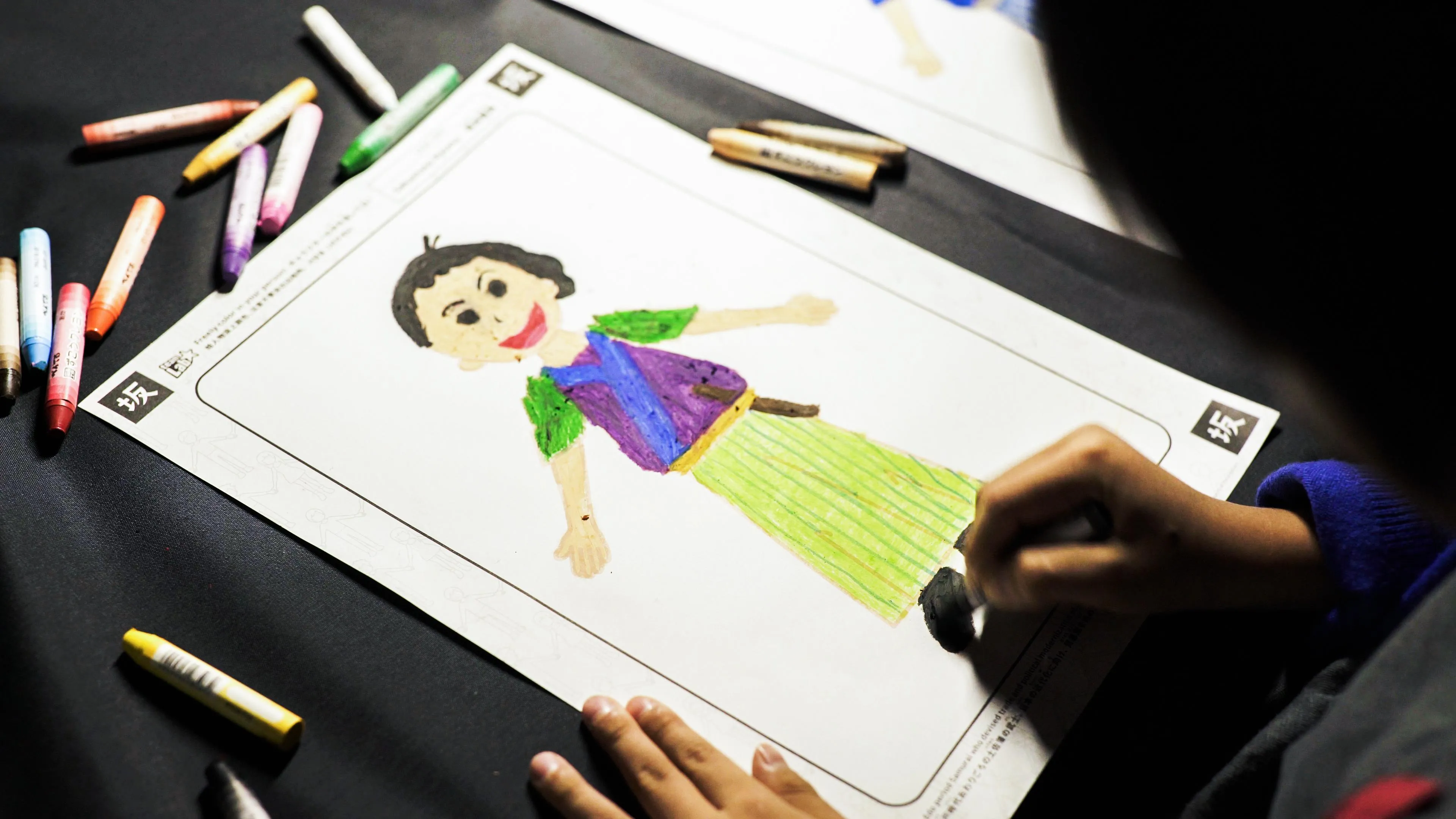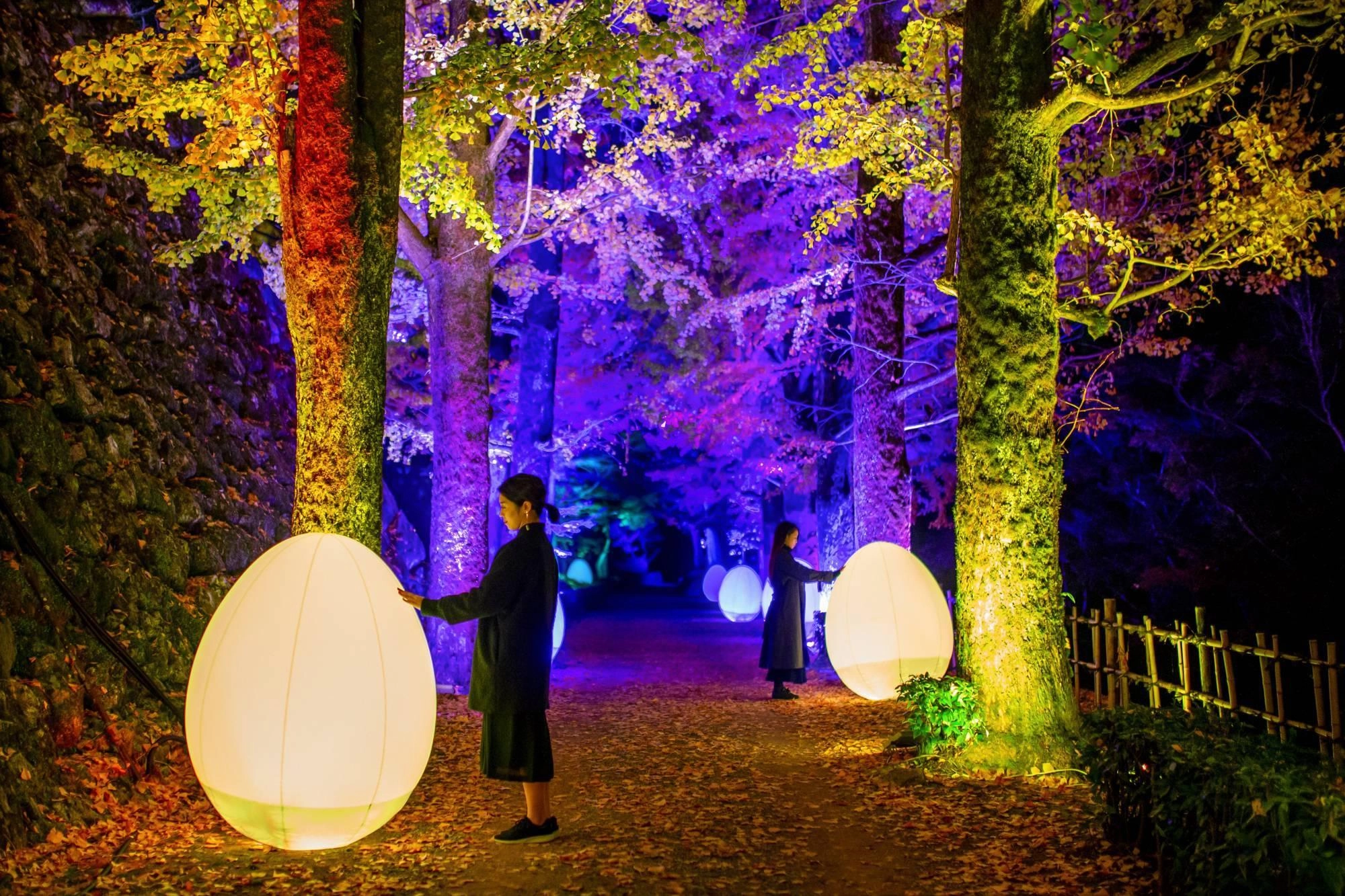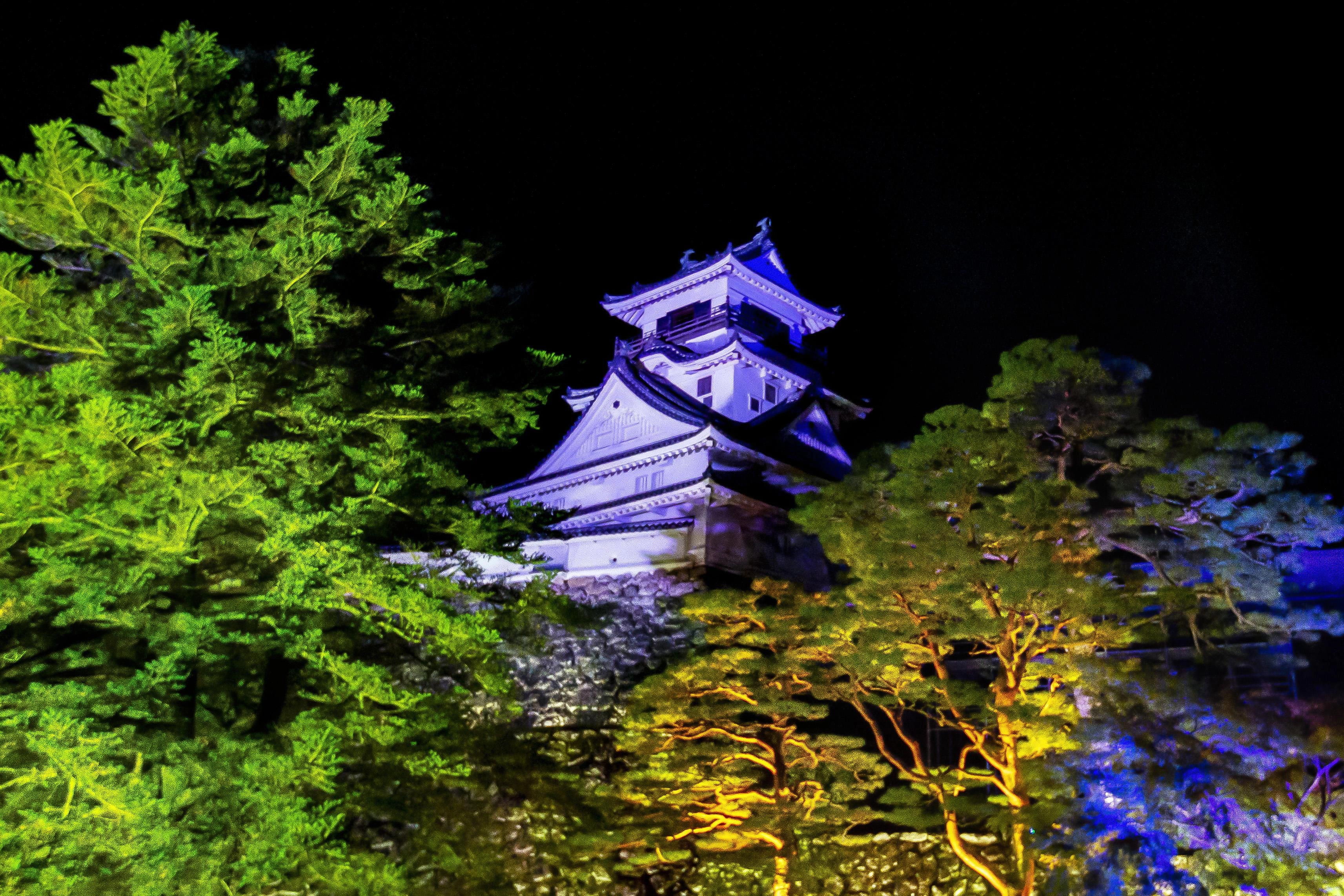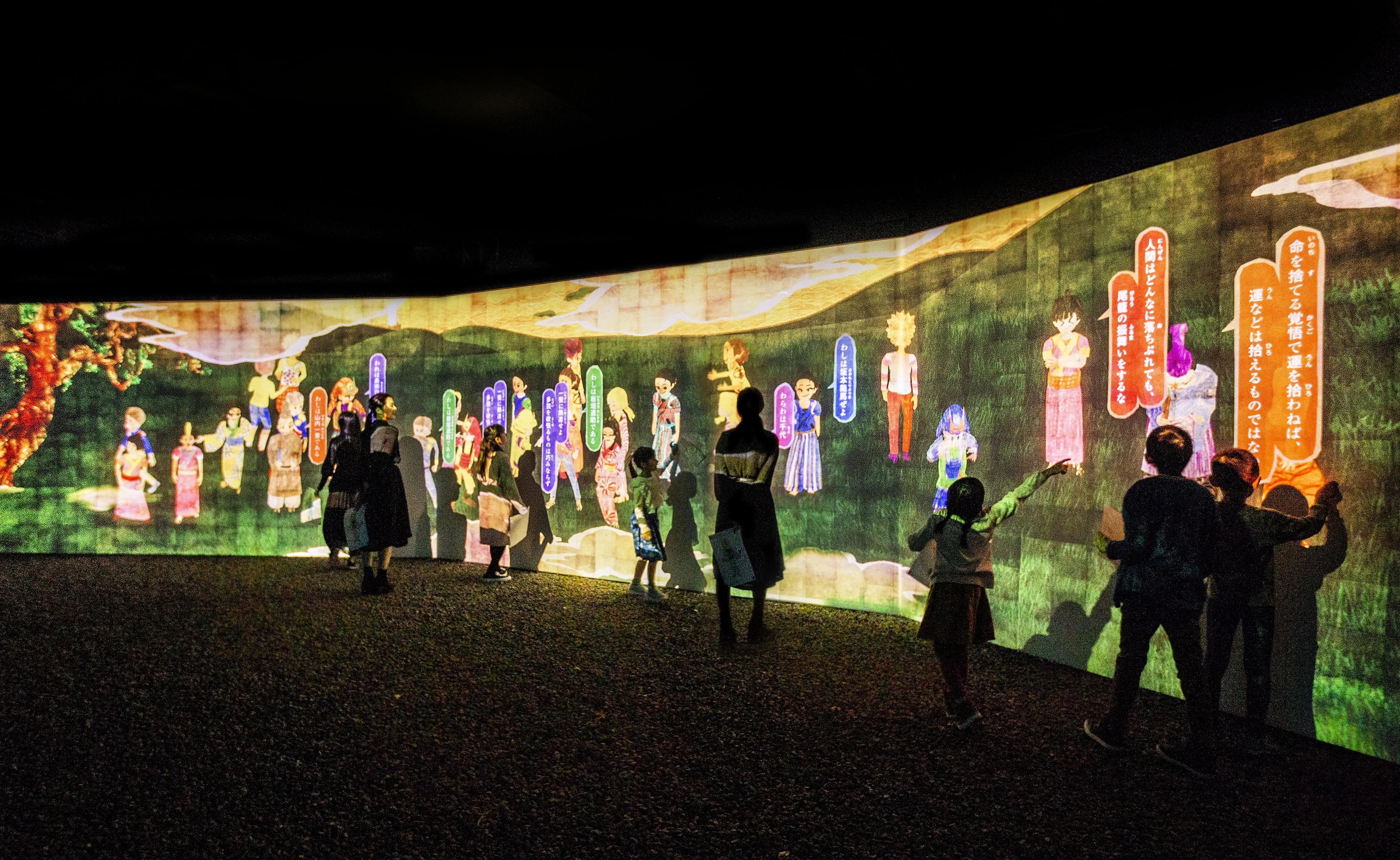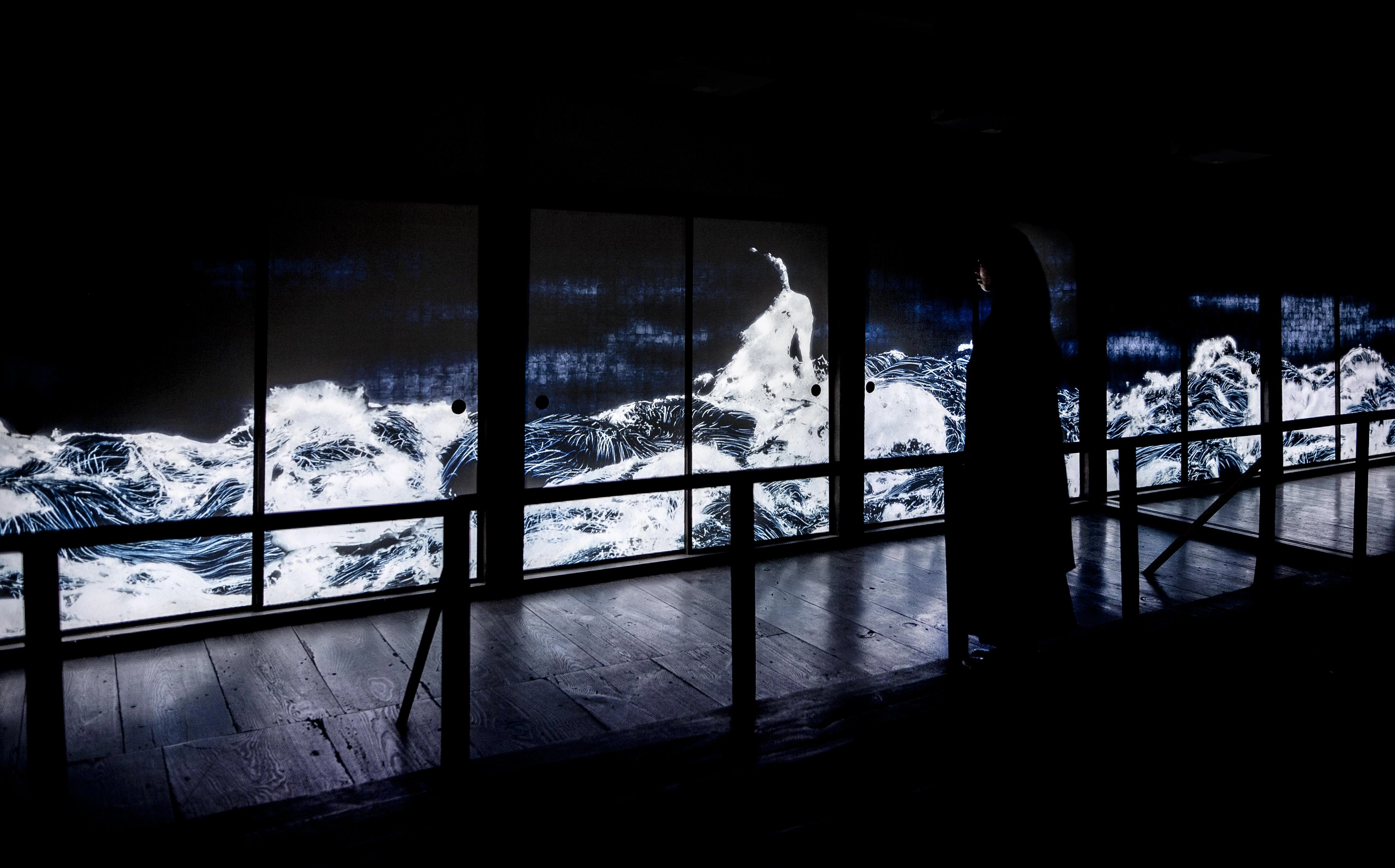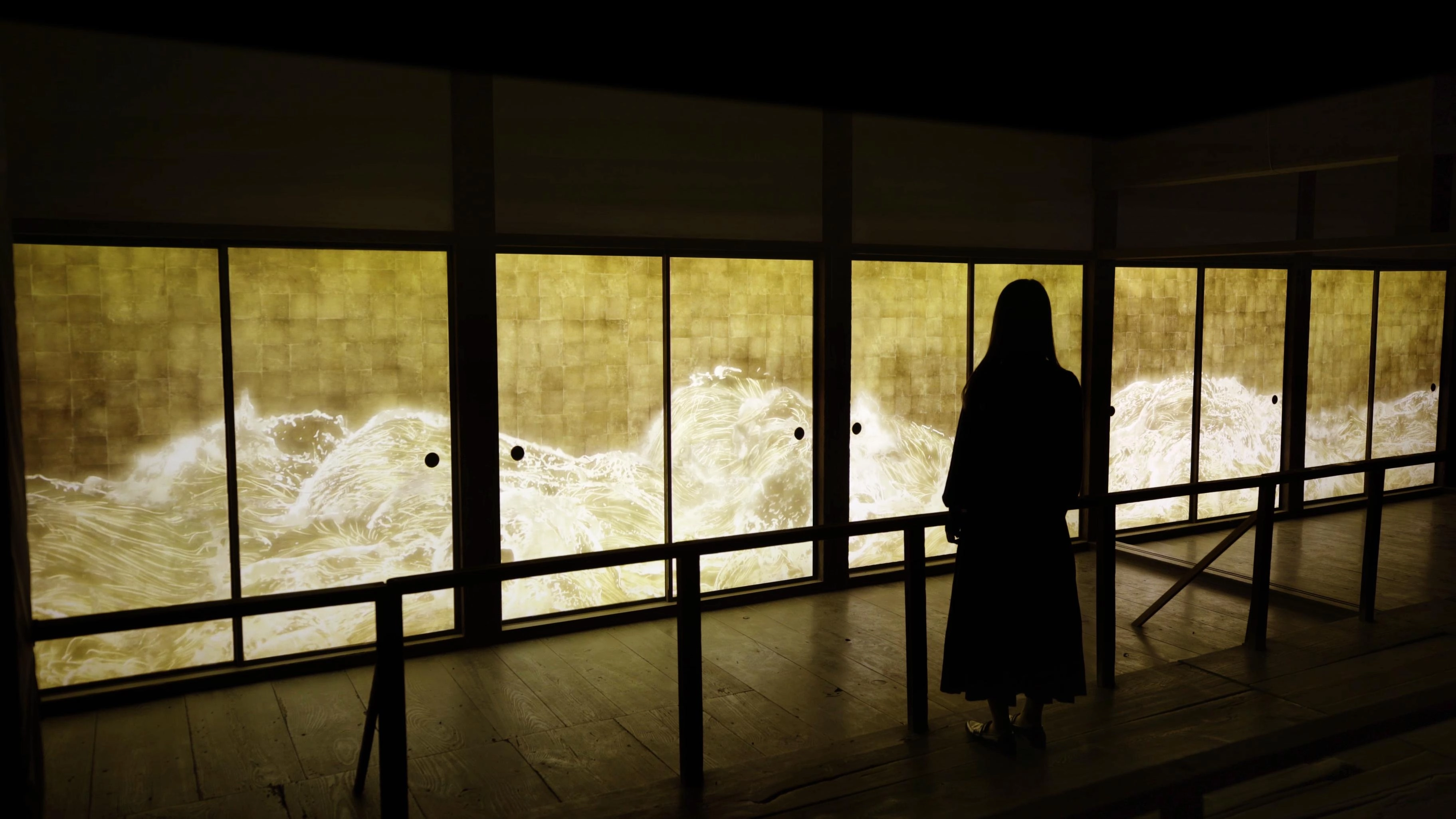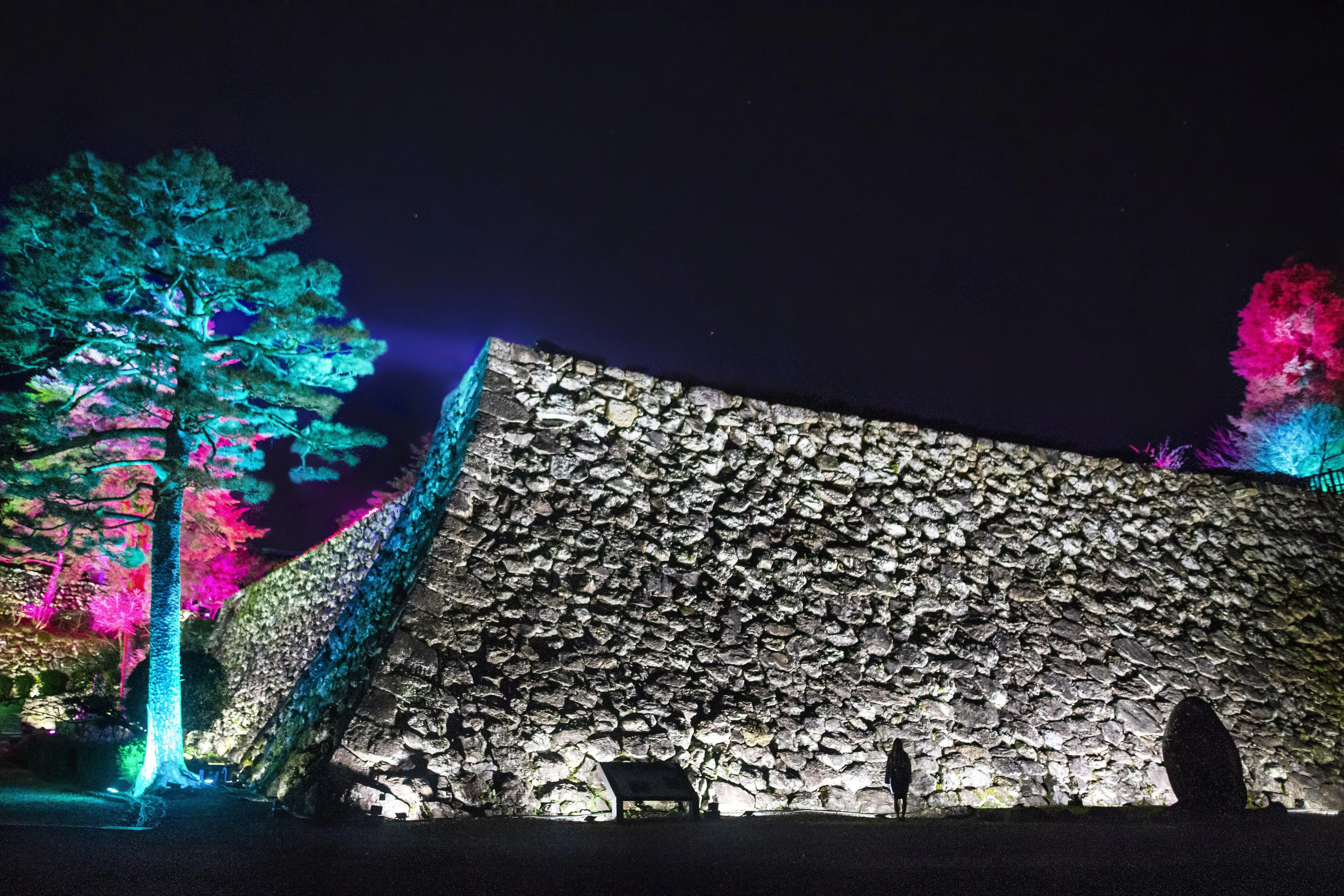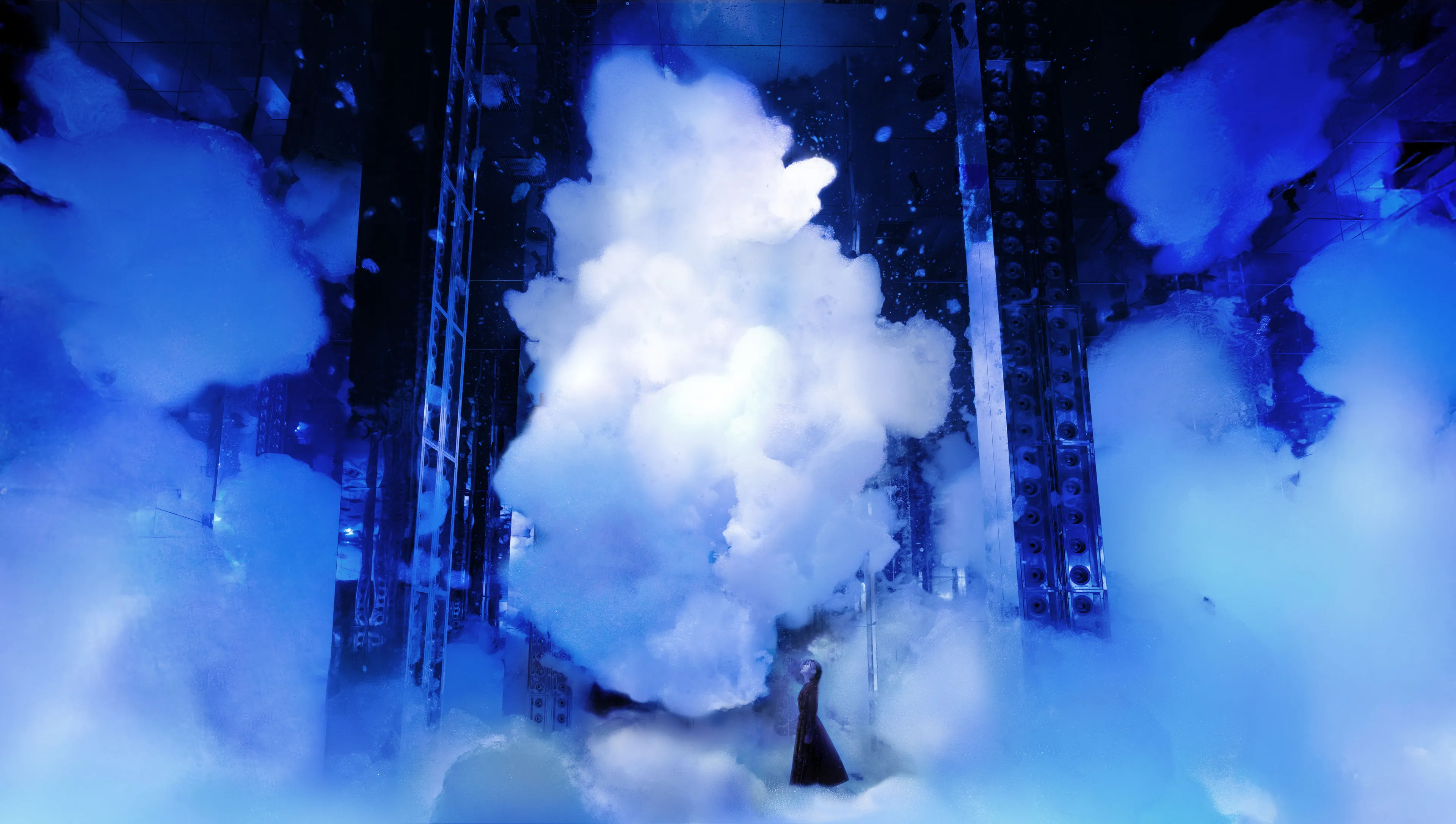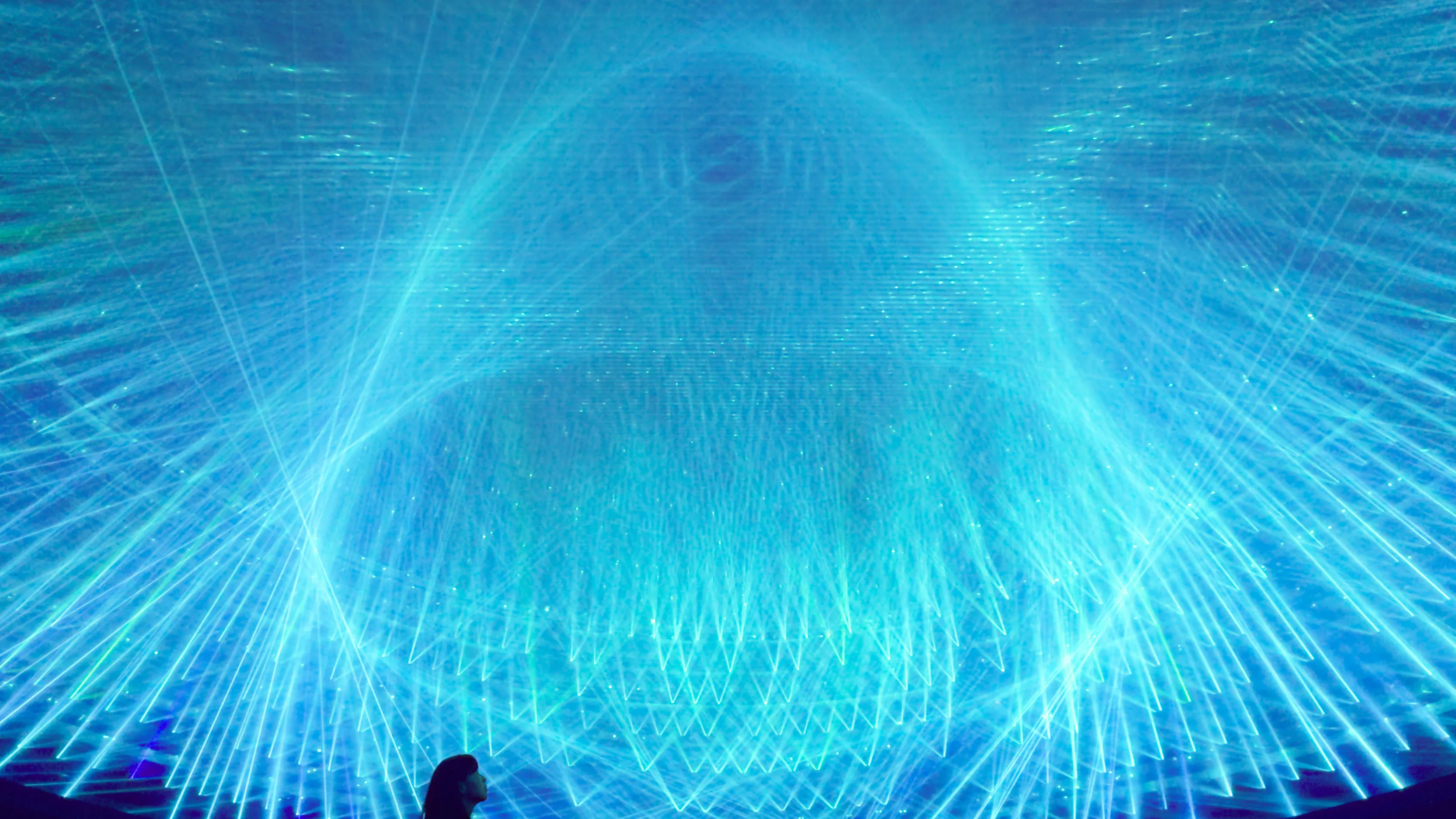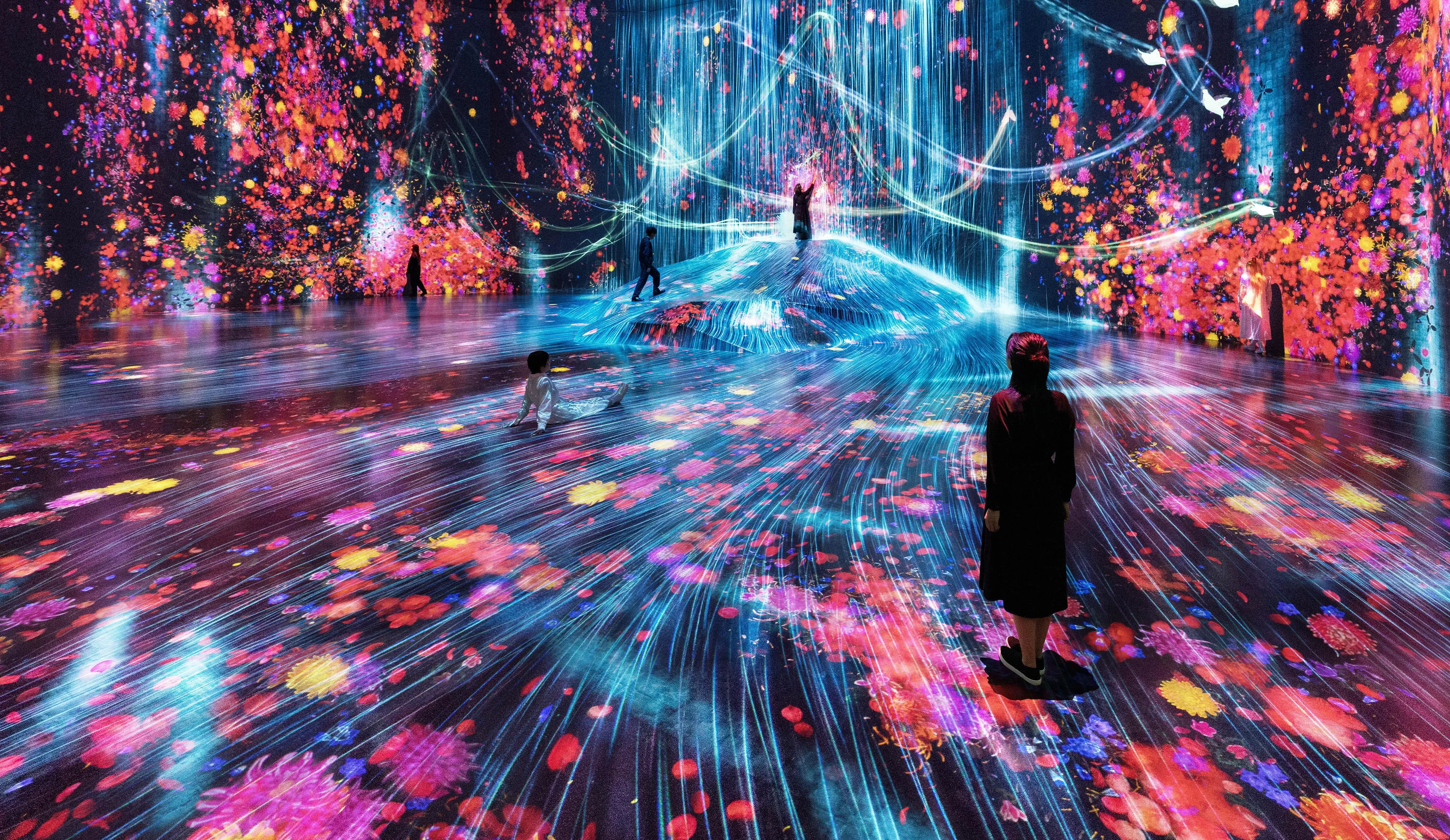teamLab: Digitized Kochi Castle
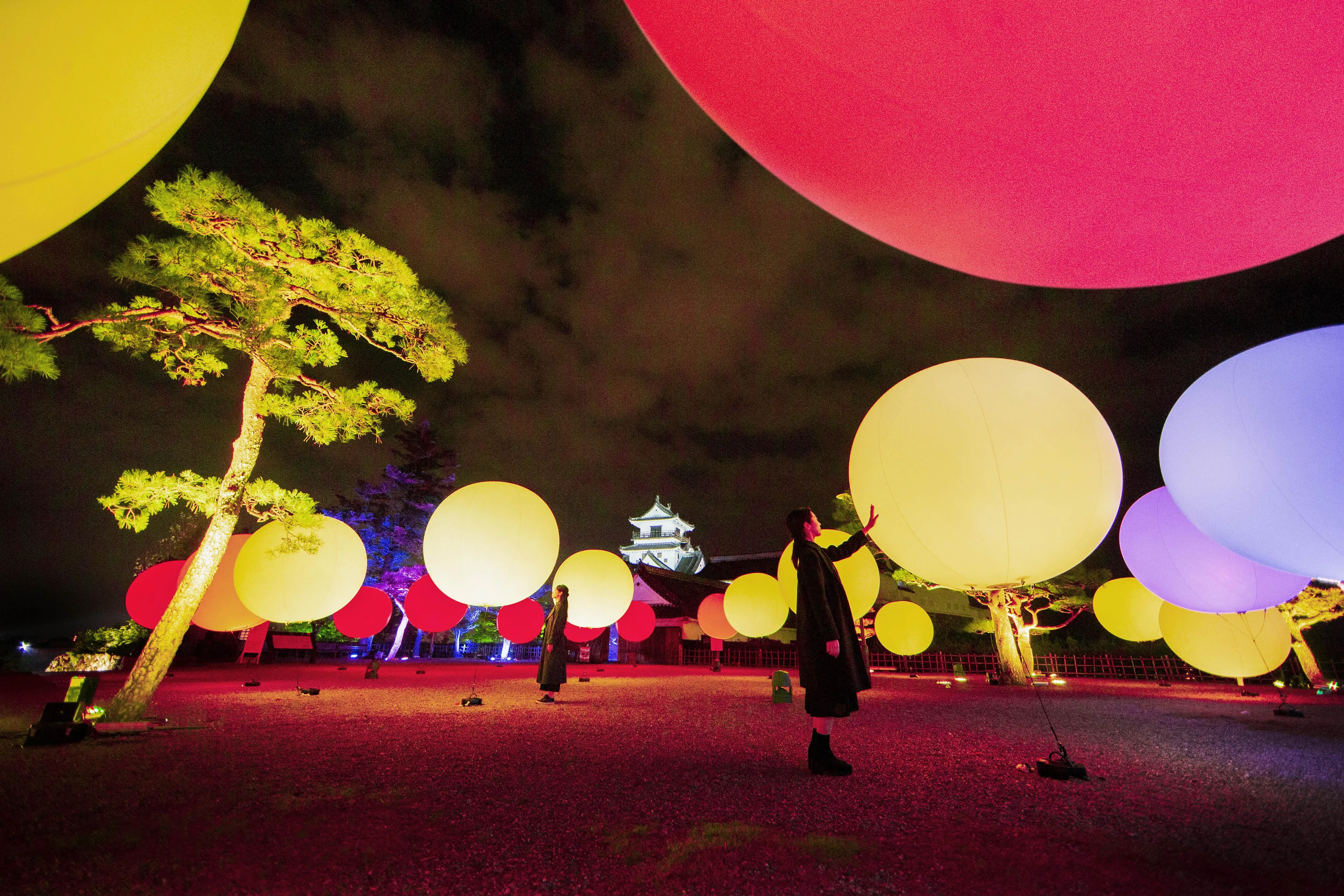
EXPOSIÇÃO PASSADA
2019.11.08(Fri) - 2020.1.13(Mon)Kochi Castle, Kochi
Within Kochi Castle, there are many dark or unlit areas. Visitors are advised to wear clothes and footwear that are easy to move in for safety.

EXPOSIÇÃO PASSADA
2019.11.08(Fri) - 2020.1.13(Mon)Kochi Castle, Kochi
Within Kochi Castle, there are many dark or unlit areas. Visitors are advised to wear clothes and footwear that are easy to move in for safety.
teamLab: Digitized Kochi Castle
Kochi Castle was built over a period of about 10 years starting in 1601. Despite it being destroyed in a fire, it was rebuilt in the middle of the Edo period and restored to its original form. Kochi Castle is considered an important historical site in Japan, as it is the only castle where the castle tower and nearly all of the central structure remain intact.
This exhibition is a part of teamLab’s Digitized City art project. The concept behind the project is that non-material digital technology can turn a city into art without physically altering it.
Kochi Castle has stood from the Edo period to the present day and remains an important symbol for the city of Kochi. teamLab: Digitized Kochi Castle will transform the castle into an interactive digital art space that changes due to the presence of people. This in turn, enhances the presence of humans, and transforms the relationship between people in the same space with digital art.
This exhibition is a part of teamLab’s Digitized City art project. The concept behind the project is that non-material digital technology can turn a city into art without physically altering it.
Kochi Castle has stood from the Edo period to the present day and remains an important symbol for the city of Kochi. teamLab: Digitized Kochi Castle will transform the castle into an interactive digital art space that changes due to the presence of people. This in turn, enhances the presence of humans, and transforms the relationship between people in the same space with digital art.
Obras
Sobre teamLab
teamLab (f. 2001) is an international art collective. Their collaborative practice seeks to navigate the confluence of art, science, technology, and the natural world. Through art, the interdisciplinary group of specialists, including artists, programmers, engineers, CG animators, mathematicians, and architects, aims to explore the relationship between the self and the world, and new forms of perception.
In order to understand the world around them, people separate it into independent entities with perceived boundaries between them. teamLab seeks to transcend these boundaries in our perceptions of the world, of the relationship between the self and the world, and of the continuity of time. Everything exists in a long, fragile yet miraculous, borderless continuity.
teamLab’s works are in the permanent collection of the National Gallery of Victoria, Melbourne; Art Gallery of New South Wales, Sydney; Art Gallery of South Australia, Adelaide; National Gallery of Australia, Canberra; Amos Rex, Helsinki; Museum of Contemporary Art, Los Angeles; Asian Art Museum, San Francisco; Borusan Contemporary Art Collection, Istanbul; and Asia Society Museum, New York, among others.
teamlab.art
Biographical Documents
teamLab is represented by Pace Gallery, Martin Browne Contemporary and Ikkan Art.
MAP
Detalhes do local
teamLab: Digitized Kochi Castle 2019-2020
Duração
2019.11.08(Fri) - 2020.1.13(Mon)
Horas
17:30 – 21:30 (Last entry 21:00)
Valor do Ingresso
Exhibition Admission:
Early Bird
Available at Convenience Stores in Japan
(Seven-Eleven, LAWSON, Mini stop, Family Mart)
[Number] 0252237 * Common number among all convenient stores above.
[Item] teamLab: Digitized Kochi Castle Early Bird Ticket
[Sales Period] October 15 (Tue) - November 7 (Thurs), 2019
Same Day Ticket
Available at on site and Convenience Stores in Japan
(Seven-Eleven, LAWSON, Mini stop, Family Mart)
[Number] 0252238 * Common number among all convenient stores stated above.
[Item] teamLab: Digitized Kochi Castle Same Day Ticket
[Sales Period] November 8 (Fri), 2019 - January 13 (Mon), 2020
Castle Tower Admission:
Only sold on site.
Early Bird
Available at Convenience Stores in Japan
(Seven-Eleven, LAWSON, Mini stop, Family Mart)
[Number] 0252237 * Common number among all convenient stores above.
[Item] teamLab: Digitized Kochi Castle Early Bird Ticket
[Sales Period] October 15 (Tue) - November 7 (Thurs), 2019
Same Day Ticket
Available at on site and Convenience Stores in Japan
(Seven-Eleven, LAWSON, Mini stop, Family Mart)
[Number] 0252238 * Common number among all convenient stores stated above.
[Item] teamLab: Digitized Kochi Castle Same Day Ticket
[Sales Period] November 8 (Fri), 2019 - January 13 (Mon), 2020
Castle Tower Admission:
Only sold on site.
Contact
Acesso
Local
Kochi Castle
Kochi Park, 1-2-1 Marunouchi, Kochi City, Kochi
Kochi Park, 1-2-1 Marunouchi, Kochi City, Kochi
・15 min from Kochi Interchange by car.
・10 min from JR Kochi Station by car.
*For parking, please use the Kochi Park parking lot or the surrounding toll parking lots.
・3 minute walk from "Kochijo mae" Tosaden Kotsu tram stop
* From JR Kochi Station, switch tram at Harimayabashi.
Notes
・Kochi Castle and Kochi Park have stairs and unpaved roads. Due to the Law for the Protection of Cultural Properties, there are no access ramps.
・Visitors who come to the event drunk or otherwise pose a danger to themselves or others will be asked to leave.
・The exhibition may be closed due to severe weather.
・Entrance restrictions will apply if the venue reaches full capacity.
・The Organizers will not be held responsible for any injury, loss, or damage to personal items.
・Under no circumstances will refunds, exchanges or reissues be made after purchase.
・Visitors who come to the event drunk or otherwise pose a danger to themselves or others will be asked to leave.
・The exhibition may be closed due to severe weather.
・Entrance restrictions will apply if the venue reaches full capacity.
・The Organizers will not be held responsible for any injury, loss, or damage to personal items.
・Under no circumstances will refunds, exchanges or reissues be made after purchase.
Organizadores
teamLab: Digitized Kochi Castle Executive Committee
